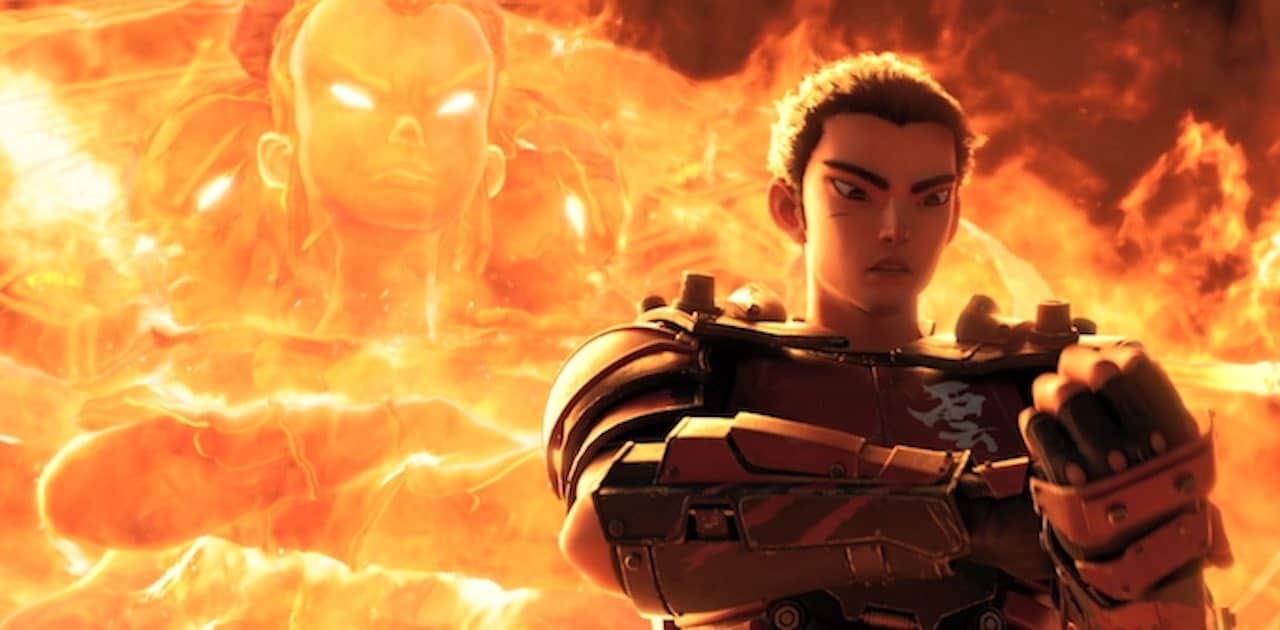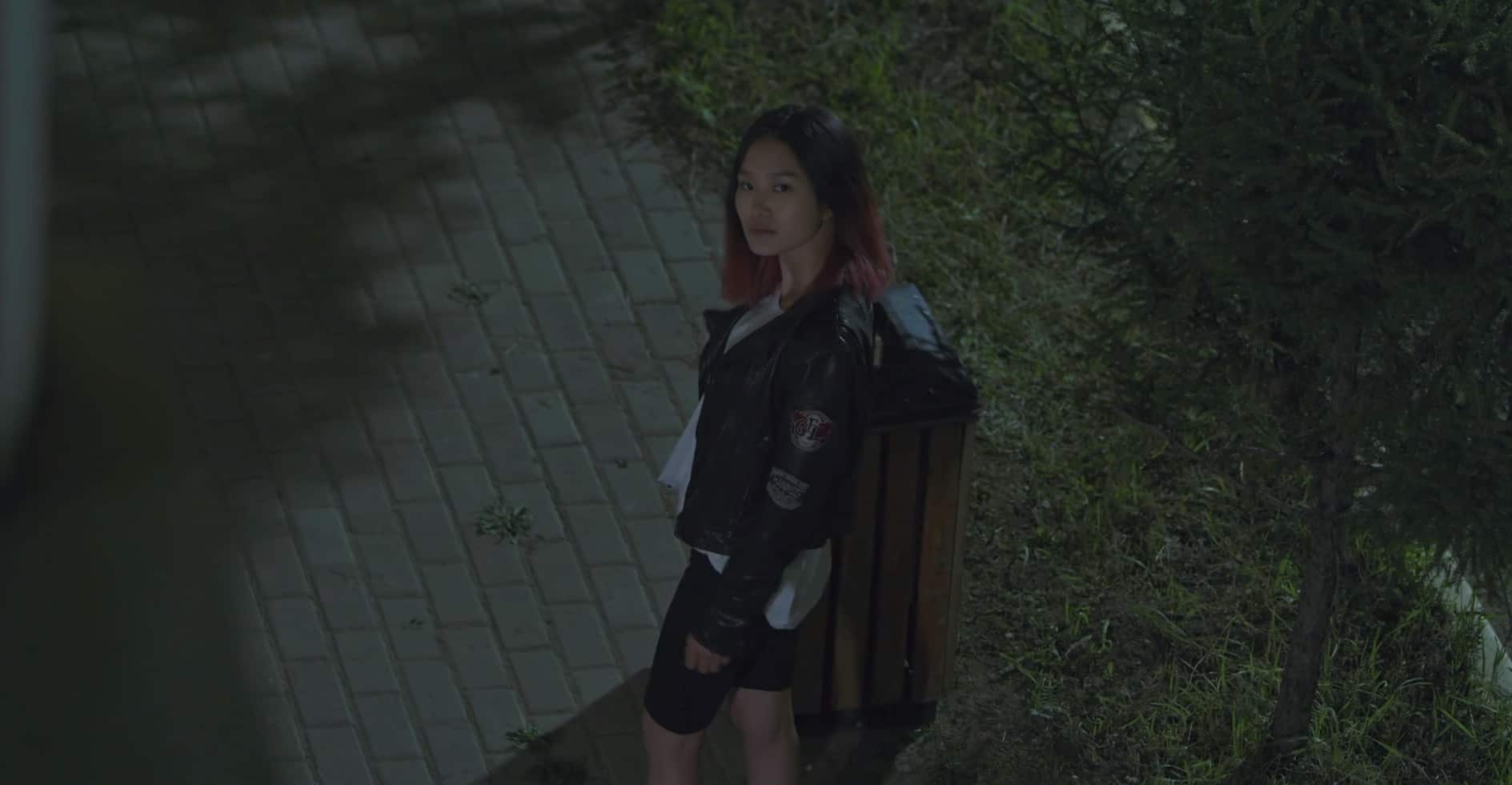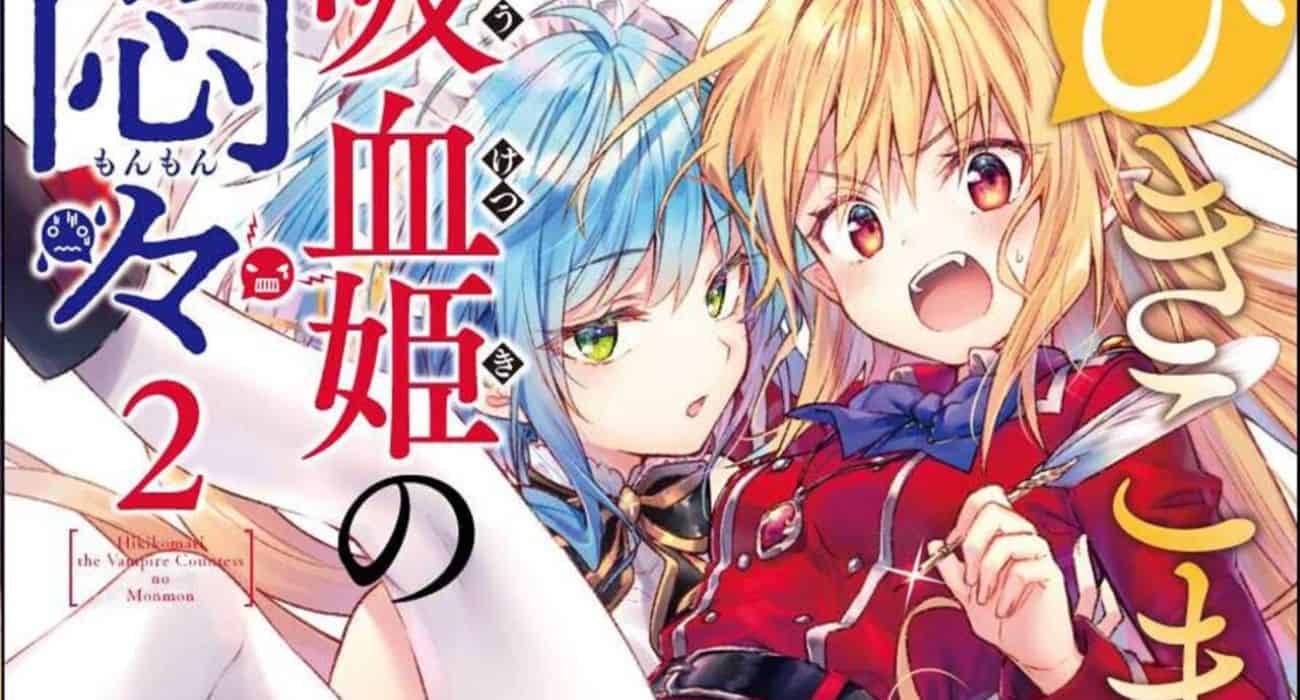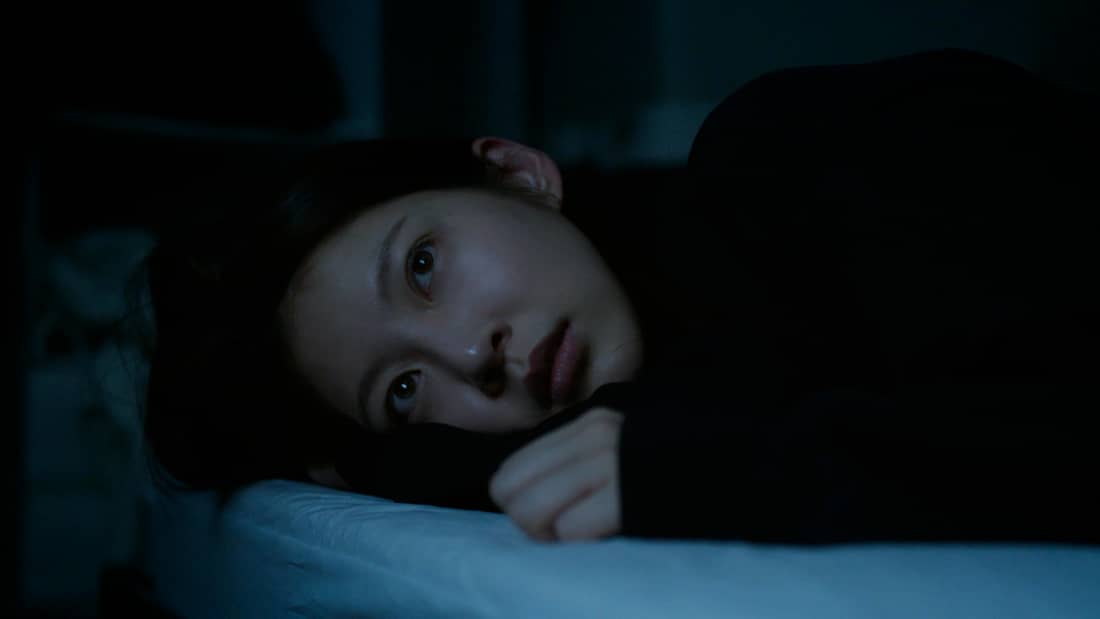Sogo Ishii, who since 2012 has gone by the name Gakuryu, stamped his mark upon the world of Japanese film early on life, co-directing his first feature “Panic High School” during his first year of college. Two years on, the budding young filmmaker, now free from studio constraints, would go on to shoot his graduation project; “Crazy Thunder Road”. An effort so impressive that Toei picked it up for nationwide distribution, the film has become a classic of early cyberpunk cinema. A fiercely rebellious piece of filmmaking, the movie is a vital example of the jishu eiga (self-produced films) movement that emerged in the late 70s and early 80s.
Buy This Title
The film follows the conflict that arises amongst the Maboroshi bikers, who agree to stop riding to form an alliance with similar gangs in the city. Their leader, Ken (Koji Nanjo), gives up riding altogether to settle down with his girlfriend, Noriko (Michiko Kitahara), which opens the door for fellow gang member Jin (Tatsuo Yamada) to take over. However, the anarchic and reckless new leader's actions soon get under the skin of the new alliance of bikers, who decide it's time for Jin and his band of followers to be taken out of the picture.
After a mysterious and somewhat unnerving opening, “Crazy Thunder Road” kicks into top gear with a pulsating motorcycle-focused credits sequence and an explosive raid on the biker's alliance, carried out by a masked Jin and his underlings. It is pacey, chaotic, thoroughly engaging, and perfectly sets the tone for what the rest of Ishii's feature is all about. The film has several fight sequences that are similarly tumultuous, all of which escalate exponentially until the bonkers finale.
Following the same set of characters throughout, the movie jumps between the episodic escapades of Jin and his followers. The film's opening portion focuses on the growing tension between Jin and the rival biker gangs before the plot shifts in a bizarre direction towards his enrolment in a militaristic group of nationalists. This middle portion of the film is where the narrative staggers, despite a fun training montage. All roads then lead to the climax, in which a dismembered Jin fights a destructive and bloody battle on the city streets.
Though these narrative jumps may feel a little disjointed, there's consistency in the adversity Jin faces during all of them. While not the most likeable of protagonists, he sticks to his principals and is unapologetically himself throughout. He doesn't accept the disbanding of the Maboroshi, much like Ken does, nor does he conform to the ideals of the nationalist organisation, unlike former biker ally Shigeru. Even when faced with certain death at the hands of the biker's alliance, Jin, somewhat recklessly, decides to take them head-on. It's simply just not in his nature to change and obey.
Through Jin, “Crazy Thunder Road” sticks up a middle-finger to establishments and institutions of all kinds. Ishii scrutinises the idea of settling down or obsessing over political ideology with his satirical depictions of the domesticated Ken and the comically over the top nationalists. For as unlikeable as Jin can be, he's easily the most principled character in the film, with his spirit and determination making him someone worth rooting for. In many ways, he is the embodiment of rebellious youth, and a character perhaps not a far cry in attitude from that of Ishii himself.
An aspect of the film that has endured to this day is its elements of what can only be described as proto-cyberpunk. The loud and highly stylised costumes, industrial wasteland locations, and celebration of lawless chaos are all features that will be familiar to any fan of what has become cyberpunk. Jin's battle armour, in particular, visually wouldn't be out of place in a movie like “Akira”. Yes, the futuristic aspects typical of the sub-genre aren't prevalent here, but there's no denying that Ishii is laying the foundations for the movement; something the director would continue to do throughout his early career.

Considering that this was Ishii's graduation project, the directorial skill behind “Crazy Thunder Road” is all the more impressive. Filmed on grainy 16mm, the movie benefits from the director's kinetic camerawork, which goes lengths to make the fight scenes feel that much more energetic and intense. Close-quarters shots brings you right into the action as the unfolding carnage is complemented by the equally chaotic music composed for the film by uncredited actor Shigeru Izumiya. Ishii also implements his unorthodox style in more subtle ways, such as in one quiet moment between Ken and Noriko, where title cards replace their dialogue.
Much of the film's success is also down to the ensemble cast who bring this despicable group of characters to life. Tatsuo Yamada does an excellent job of bringing a bit of charm to the otherwise cold Jin, doing so with his comedic timing and care-free demeanour. Great also is Shigeru Izumiya, whose imposing and militaristic Takeshi is one of the film's more complex figures. Given that all the actors involved were volunteers, and many of the biker extras the real deal, the quality of the performances is quite astonishing.
“Crazy Thunder Road” isn't Sogo Ishii's best feature, nor is it the most polished. It is, however, one of the former punk filmmaker's most iconic works. While there are some meandering lulls towards the middle, the movie remains an entertaining watch thanks to the quality of its small production. A stylistic ball of frantic energy sprinkled with anti-authoritarian sentiment, the movie is a spirited effort that marks a triumph in independent filmmaking.
















